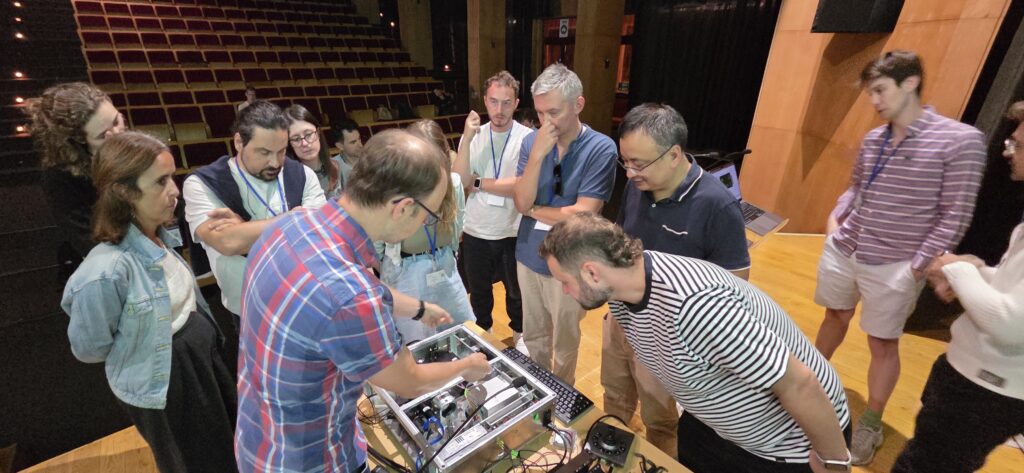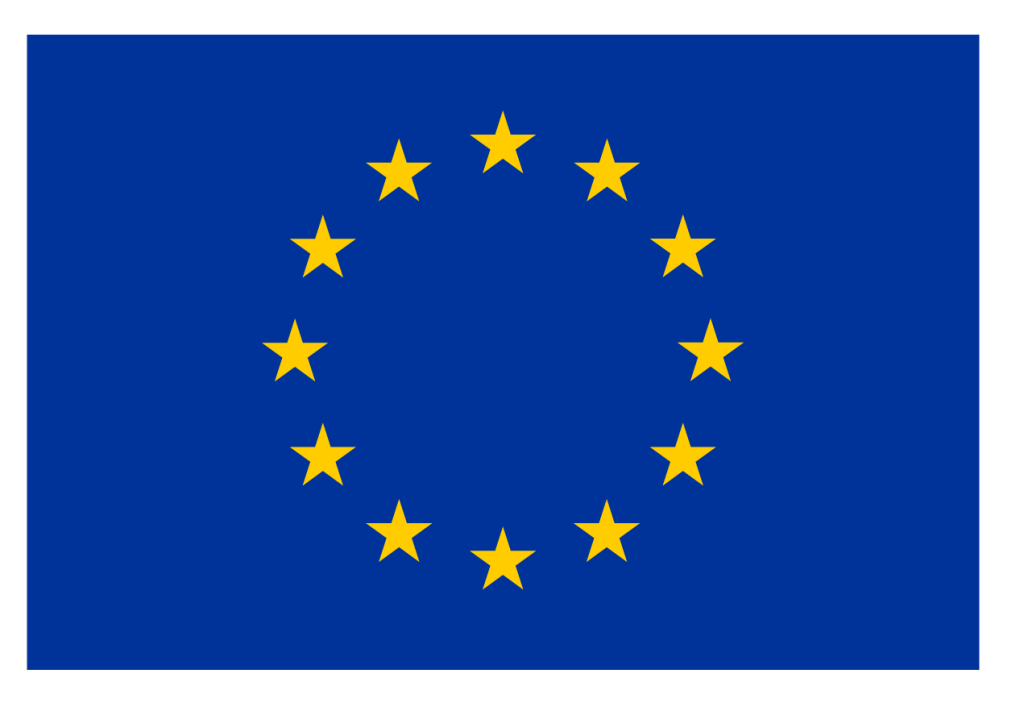
Claudia Pfander
Lead
Euro-BioImaging
Next generation imaging for biology across scales
IMAGINE will provide technologies to probe structure and function of biological specimens in their natural context
Technology development within IMAGINE aims at achieving robust, correlative and high-throughput technologies that can be handed over to the RI partners for validation as new and often integrated services (WP7 to WP9). Importantly, the validation partners are closely interlinked with the technology developers, providing the needs of the Life Science user communities from the start to ensure the new technical solutions address them.
The quality-controlled processes for technology integration at the RIs provide a “stamp of approval” to any new technology, tool or workflow, support a quick roll-out and multiplication of services and enable the RIs to act as lighthouses for providing unprecedented access to integrated pipelines (WP11).

This WP aims at validating the new tools, instruments and methods developed in WP1-6 to user access readiness for newly developed technologies at Euro-BioImaging Nodes. It will emphasize correlative workflows, including for example combining intravital and X-ray imaging, as well as Light Microscopy (LM) and Electron Microscopy (EM).
The work package is led by Euro-BioImaging. Additional partners include Instruct ERIC, and EMBRC ERIC.
This WP will implement new workflows at Instruct Centres and nodes, incorporating new tools and methods developed by the technology development WP1-6. Particular focus will be to provide an integrated pathway combining X-ray tomography with cryogenic fluorescence and using milling technology to produce samples for high resolution microscopy.
The work package is led by Instruct ERIC. Additional partners include EMBRC ERIC and Euro-BioImaging.
WP9 aims at preparing the relevant tools, instruments and methods developed in WP1-6 for service provision at or in collaboration with EMBRC marine research centres. It will include defining the challenges posed by marine research needs and specificities, adapting the new technologies to the samples of marine origin, and use cases dealing with representative applications for the novel technologies in marine research.
The work package is led by EMBRC-ERIC. Additional partners include EMBRC Node (Sorbonne University), EMBRC Node (Universidad del Pais Vasco-Euskal Herriko Uniberitatea), and EMBRC Node (Universidade de Vigo).

Lead
EMBRC
WP11 aims at integrating new bioimaging tools, instruments and methods for their user access readiness in common infrastructure workflows across facilities associated with Euro-BioImaging ERIC, Instruct ERIC and EMBRC ERIC, as well as the infrastructure partners of European interest ESRF and EMBL, with a focus on correlative methods. Furthermore, it will explore the links of the project partners with other existing ERICs and RIs external to the consortium, including for example Infrafrontier, EU-OPENSCREEN, EMPHASIS and AnaEE.
The work package is led by Euro-BioImaging. Additional partners include ESRF, Instruct ERIC, and EMBRC.

This project is funded by the European Union (GA#101094250). Views and opinions expressed are however those of the authors only and do not necessarily reflect those of the European Union. Neither the European Union nor the granting authority can be held responsible for them.
